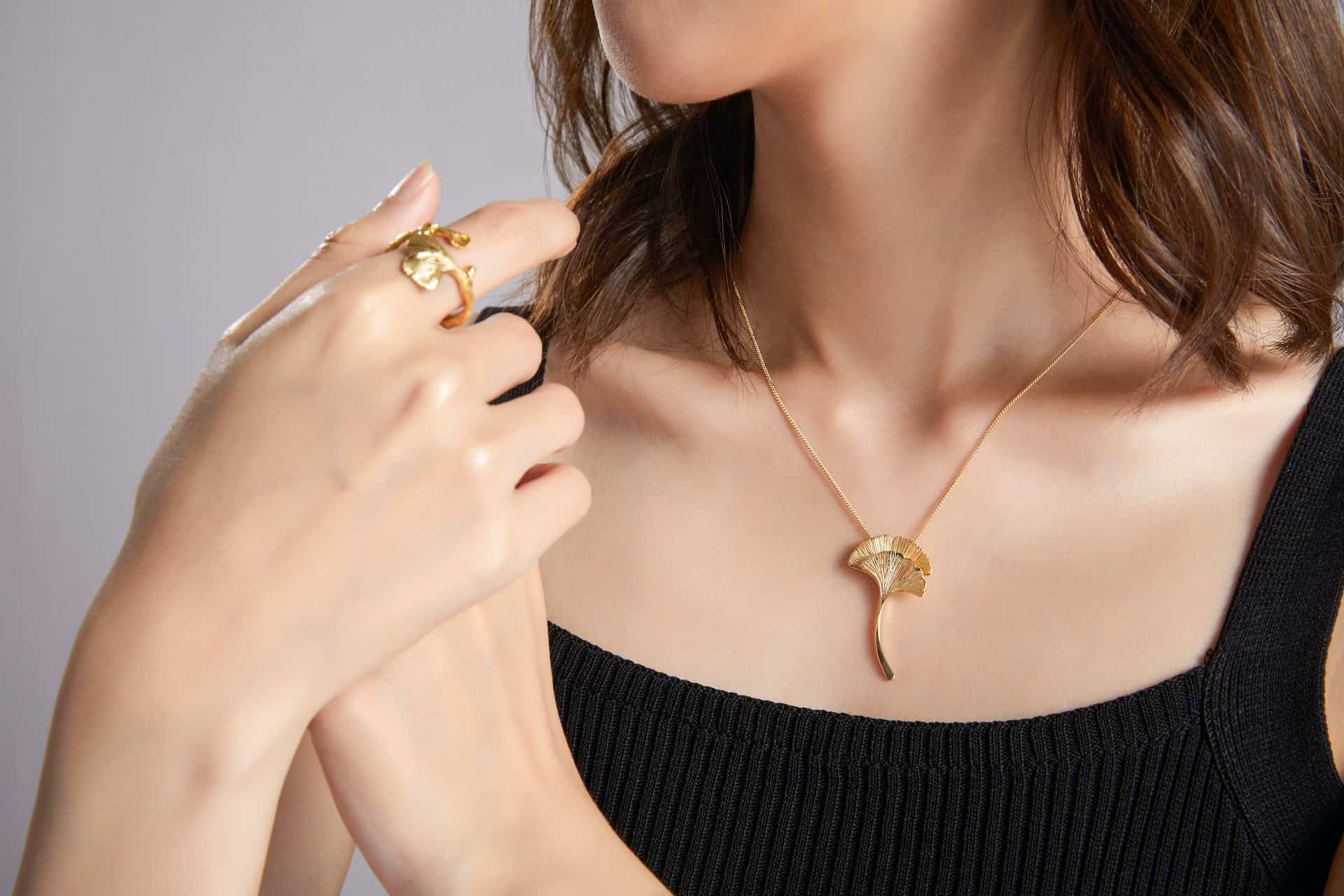The best way to determine what your jewelry is worth is to take it to a professional appraiser or to a jewelry store. However, if the value of the jewelry is not that high, you would be wasting your time. Others are reluctant to take a fake to the jeweler out of some misplaced sense of shame (even though such a thing can happen to anyone). Lastly, some just want to know what assets they have at their disposal, even if they don’t want to sell right away. With that in mind, here are the top seven ways to determine if your jewelry is valuable.
- Keep the Receipt
You can ask for the receipt even when not buying jewelry directly from the store. Remember, this is a valuable asset, and people who buy a ring or a necklace worth thousands of dollars should keep the receipt. Then, if you buy the jewelry from them, you need to insist that they hand you the additional documentation. This way, you can tell that it’s the original and that the value of the jewelry piece is high – you’ll also be able to prove this.
Just remember that this is just one of the methods. This means that even if there’s no documentation, this doesn’t mean that the piece in question is not valuable. There are other means of appraisal you can try. In other words, don’t avoid an investment if the piece fails this step.
- Look for Stamps
Another thing you need to keep an eye out for is the stamps on the jewelry. The manufacturer or a designer is bound to leave the mark. This is both their signature and a seal of approval. Now, to avoid interfering with the jewelry piece’s design, the stamp is usually somewhere on the back. If it’s the ring we’re talking about, it’s probably within a band. If it’s the earring, it’s on the back (the side facing the skin).
Finding the stamp is more than determining where the jewelry piece was made. Chances are that it will also contain some additional information. For instance, it may say the metal used, as well as the purity percentage. From this point, it will take a simple mathematical equation to establish the piece’s value.
- The Reputation of the Vendor
From our interview with people behind reputable pawn jewelry in Phoenix, the vendor’s reputation may play an even bigger role than you originally anticipated. This is mostly due to practical reasons, seeing as how reputable jewelry vendors always have their own trusted appraisers.
Even though they’ll always want to check for themselves, jewelers are a community that highly respects the work of others. So, when someone with a good enough reputation vouches for you, it’s already a great value boost.
- The Condition of The Jewelry
The jewelry’s condition is a huge factor you’ll have to consider. A broken link, a missing piece, and how worn out a metal surface are just some of the things you’ll have to consider when selling your jewelry. This, however, is an intuitive rule, and it won’t cause you too much trouble remembering.
With that in mind, it might even be worth fixing the jewelry piece before selling it. It may result in a net worth gain. Just remember that this won’t always be the case; with these things, it’s better to ask a professional. Either way, proper jewelry maintenance goes a long way.
- Weighing the Metal
Weighing the metal in the jewelry piece and comparing it against the metal value price is a crude estimation method. However, it can be quite accurate. To work, the metal itself needs to be considered precious. Later, you just need to check the metal index value and cross-reference its value to a piece of a similar price.
Keep in mind, nonetheless, that the value won’t always correspond. After all, jewelry, depending on the situation, may vary in value from a crude material. For instance, the value may be higher if the buyer intends to resell it. If they intend to smelt, rework, or reuse materials, the cost may be somewhat lower due to the extra effort they’ll have to invest.
- Appraising the Precious Stone
Metal is not the only thing worth taking into consideration. After all, appraising the precious stone is often far more important for the piece’s value. This, nonetheless, takes an expert. Sure, the weight can be appraised with a simple scale, but you need someone to appraise the color, the clarity, and the stone’s cut.
One more thing you need to remember is that mounted stones (one still in the jewelry) can be significantly harder to assess. This means that the margin of error is somewhat higher. Due to its position, some features of the stone may be hidden, which can be a problem.
- The Age of the Jewelry
Even age plays a part when it comes to assessing the value of the jewelry. Now, since precious metals don’t age as badly when maintained, there’s no depreciation. The market always determines the value of the jewelry piece.
Still, it’s worth mentioning that a piece may gain value as it ages. Now, we’re not talking about a ring from 10 years ago being worth today more than then. On the other hand, a ring from a century ago may be manufactured in a style that represents a certain era. This may boost its value as an antique.
Wrap Up
In the end, the value of your jewelry will be decided by the market. The fact that you’re convinced that something is worth more doesn’t mean much if you can’t find someone willing to pay for it that much. Therefore, these DIY methods of establishing value are there just to give you a crude idea of what you’re dealing with. As the title suggests, these methods help you figure out if your jewelry is valuable, not to determine how much with precision.
